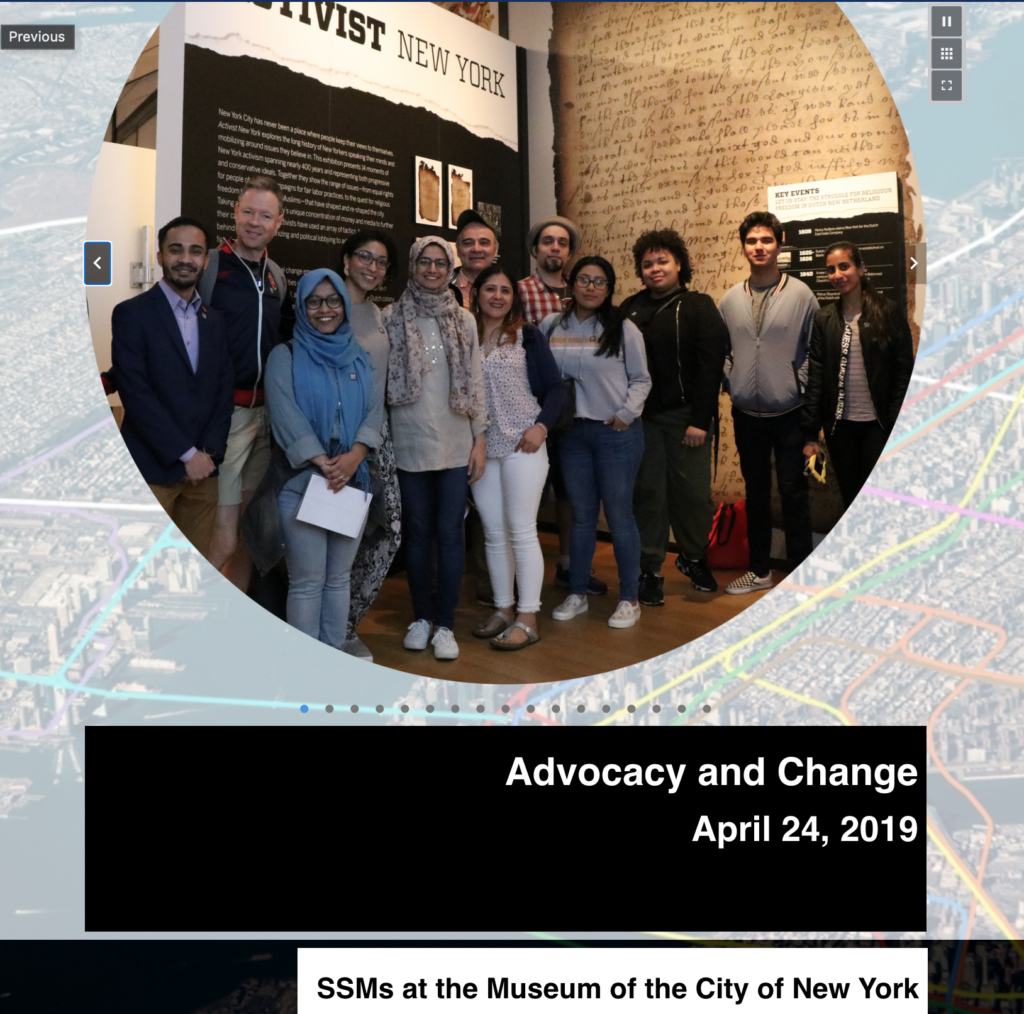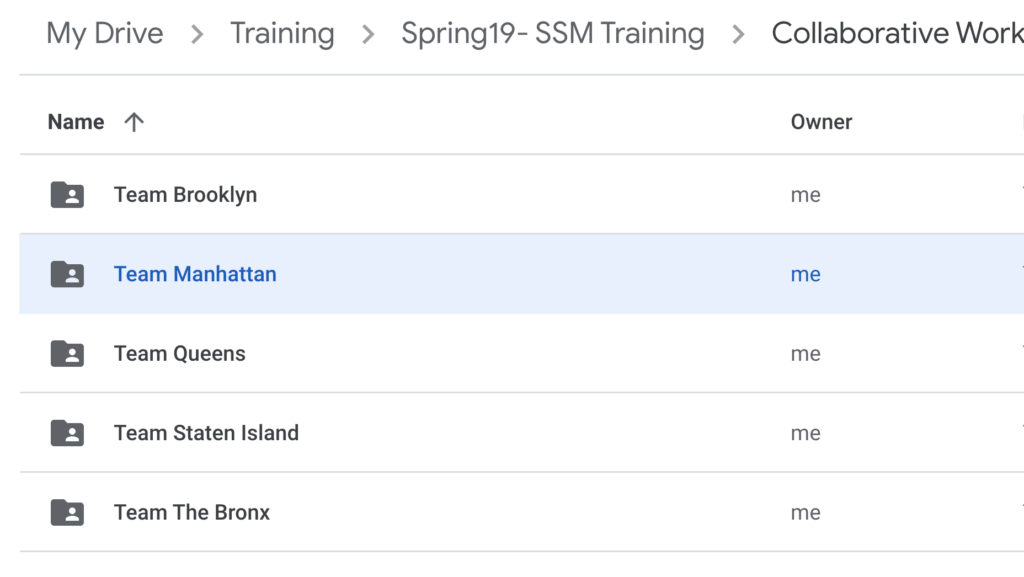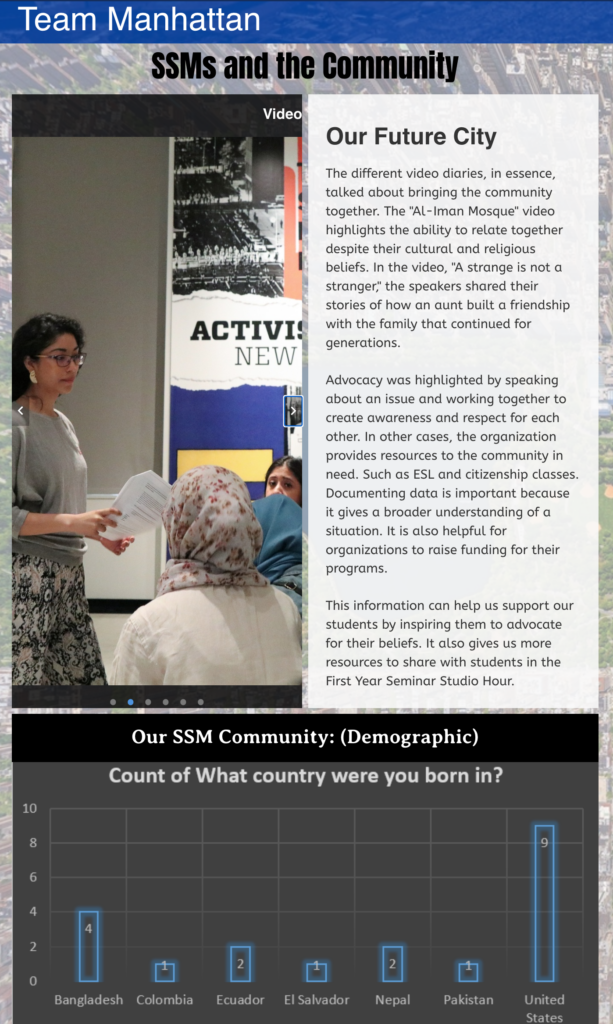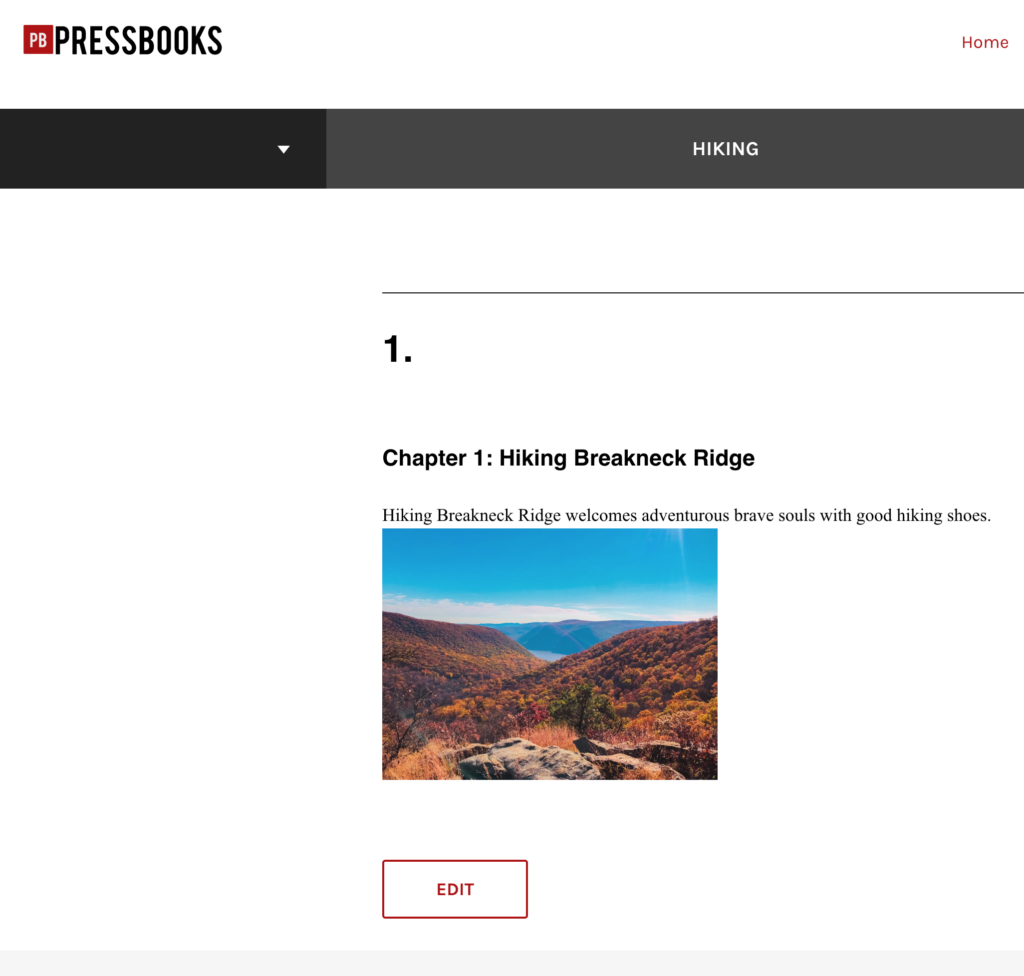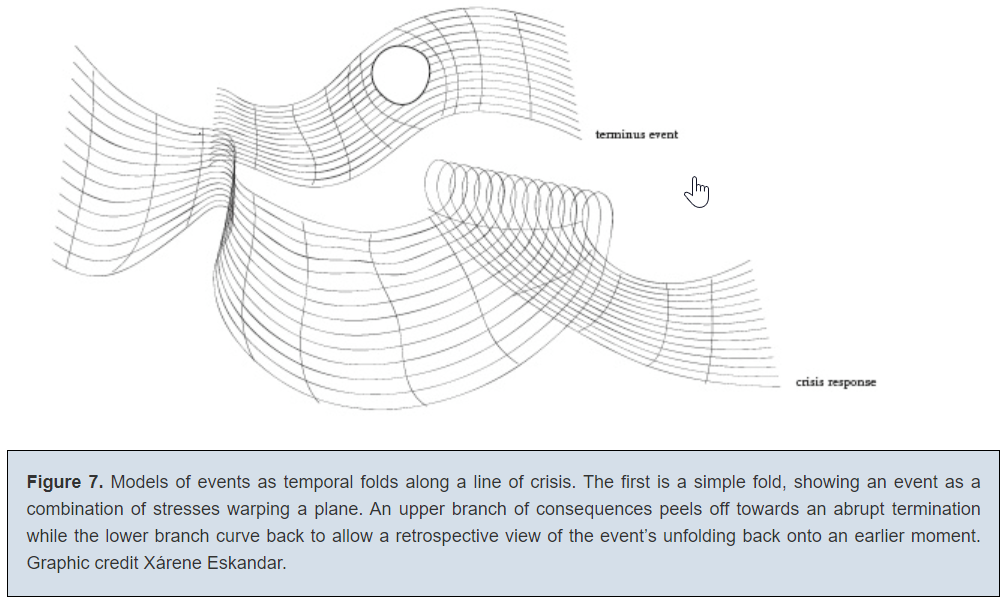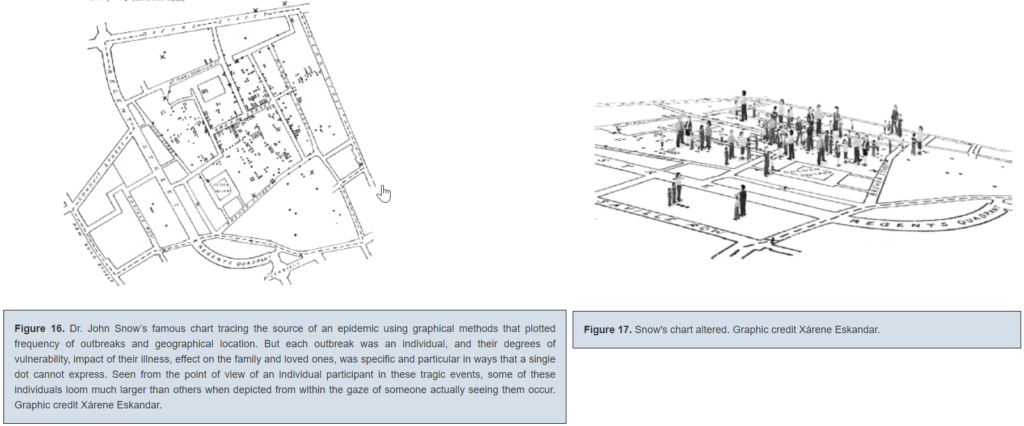In our discussion of Alan Liu’s essay, Where is Cultural Criticism in the Digital Humanities? last week, my group circled around the other topics that were raised in this week’s readings — professional roles in the academy, the economics of the university, and of course, the metaverse and its role in education.
This passage from Liu’s essay speaks to what I’ve found missing in most discussion of the metaverse, including this week’s readings (emphasis mine):
While digital humanists develop tools, data, and metadata critically, therefore (e.g., debating the “ordered hierarchy of content objects” principle; disputing whether computation is best used for truth finding or, as Lisa Samuels and Jerome McGann put it, “deformance”; and so on) rarely do they extend their critique to the full register of society, economics, politics, or culture. How the digital humanities advances, channels, or resists today’s great postindustrial, neoliberal, corporate, and global flows of information-cum-capital is thus a question rarely heard in the digital humanities associations, conferences, journals, and projects with which I am familiar.
This introduction to learning in the metaverse acknowledges that immersive “technologies remain more expensive than other learning resources such as computers and books” and “content is more expensive to create” but doesn’t proceed further to ask how mediating not-for-profit learning through a technology that requires extensive financial resources might affect which ideas and arguments are and aren’t taught (unsurprising, since despite the academic bona fides of some of the authors, this text is published by a “storytelling and experiential agency” that touts its partnerships with Meta and Lenovo). It also raises a question that’s troubled me for a long time. With the rise of corporate educational technology, who controls learning outcomes and practices: educators or corporations?
For instance, take this ad from Meta, Facebook’s parent company. It’s worth watching if you haven’t seen it, because it illustrates what I see as the dangers of the metaverse:
The possibilities are endless! Except… each of the possibilities depicted here contains and creates its own limitations and barriers. The field trip to ancient Rome sounds amazing! But…
- Even without the need to purchase headsets, the creation of such a thing would be fantastically expensive: actors, subject matter expertise, scripting, computer-generated settings, and QA all cost money. Who would pay to create it, and what might they privilege because of their own bias or cut to save money?
- If AI were used to generate some of the simulation and cut costs, whose work would be used to “train” the AI, and would that person be compensated? And would the final project hold up to academic and historical scrutiny?
- Would schools pay to access this type of simulation? If so, what would be cut from the budget in exchange? If not, what would students be “paying” to get such a simulation for free? It’s easy to imagine a conservative think tank funding curriculum on the Classical world — what biases would that introduce?
- What would be the educational opportunity cost in terms of time and focus? What might be cut (either from the curriculum as a whole or the discussion of this specific topic) based on pressure to make the most out of an expensive, shiny new tool?
- How can the educational value of such an experience be measured, and if it’s found lacking, will there still be pressure to use a metaverse field trip because of sunk cost? This article we read on the educational benefits of immersive virtual reality found better outcomes for students who accompanied Al Gore on a VR trip to Greenland than for those who just watched a video, but do these outcomes translate to situations where students are expected to apply deeper critical thinking skills or synthesize information to make an argument?
Similar questions could be raised about every example mentioned in the video. For instance, it seems like a neat trick to let a farmer visualize the spots in his field that need more water, until you remember:
- Agricultural knowledge and experience allows farmers to do just that on their own, and
- That knowledge is disseminated in a variety of ways, both informally/traditionally, and through public universities with agricultural programs, which have their own traditions of scholarship, political and humanistic thought, and engagement with the wider agricultural community, and
- Once a farmer has that knowledge, they don’t have to pay a subscription fee to use it or share it with others.
In this way, metaverse education can be seen as furthering the 20th-and-21st century corporate project of taking something that once belonged to no one and everyone and making it into a source of profit (see: Disney’s transformation of folk fairy tale plots and characters into copyrighted IP). The farmer no longer owns the ability to evaluate their fields. Teaching about ancient civilization means one thing — a glossy VR field trip — rather than a multitude of possibilities depending on student interest, teacher knowledge, and pedagogical goals.
Let’s go back to Liu and his argument that digital humanists who don’t “extend their critique to the full register of society, economics, politics, or culture” aren’t truly engaging in humanities work. Any effort toward an “educational metaverse” is inherently political, as the technical and logistical requirements of creating highly complex edTech mean that power, resources, and cultural hierarchy will always play a role in determining what’s taught and how. Any discussion of the metaverse that isn’t grounded in that reality is uncritical technopositivism — and not truly based in the humanities.

